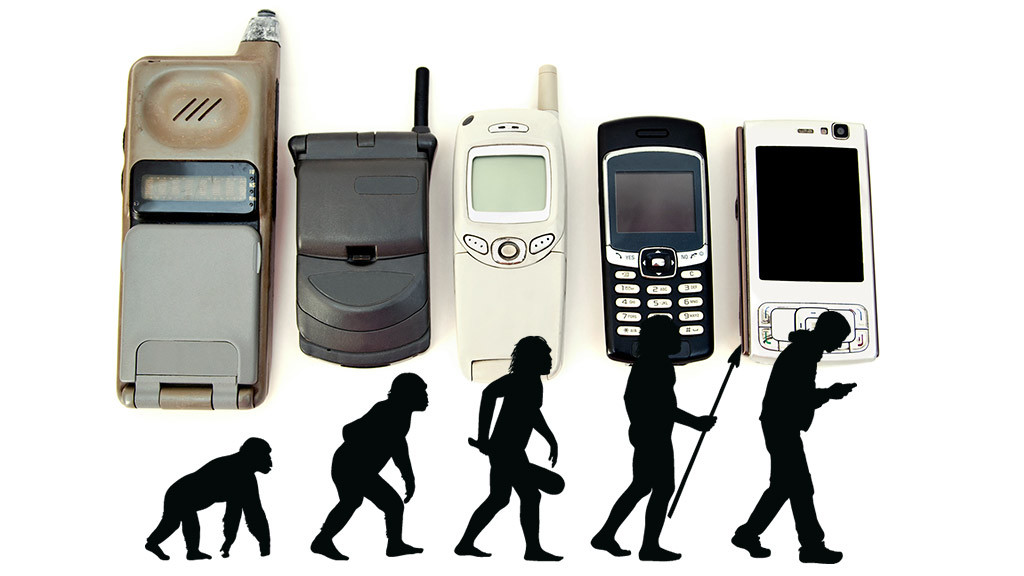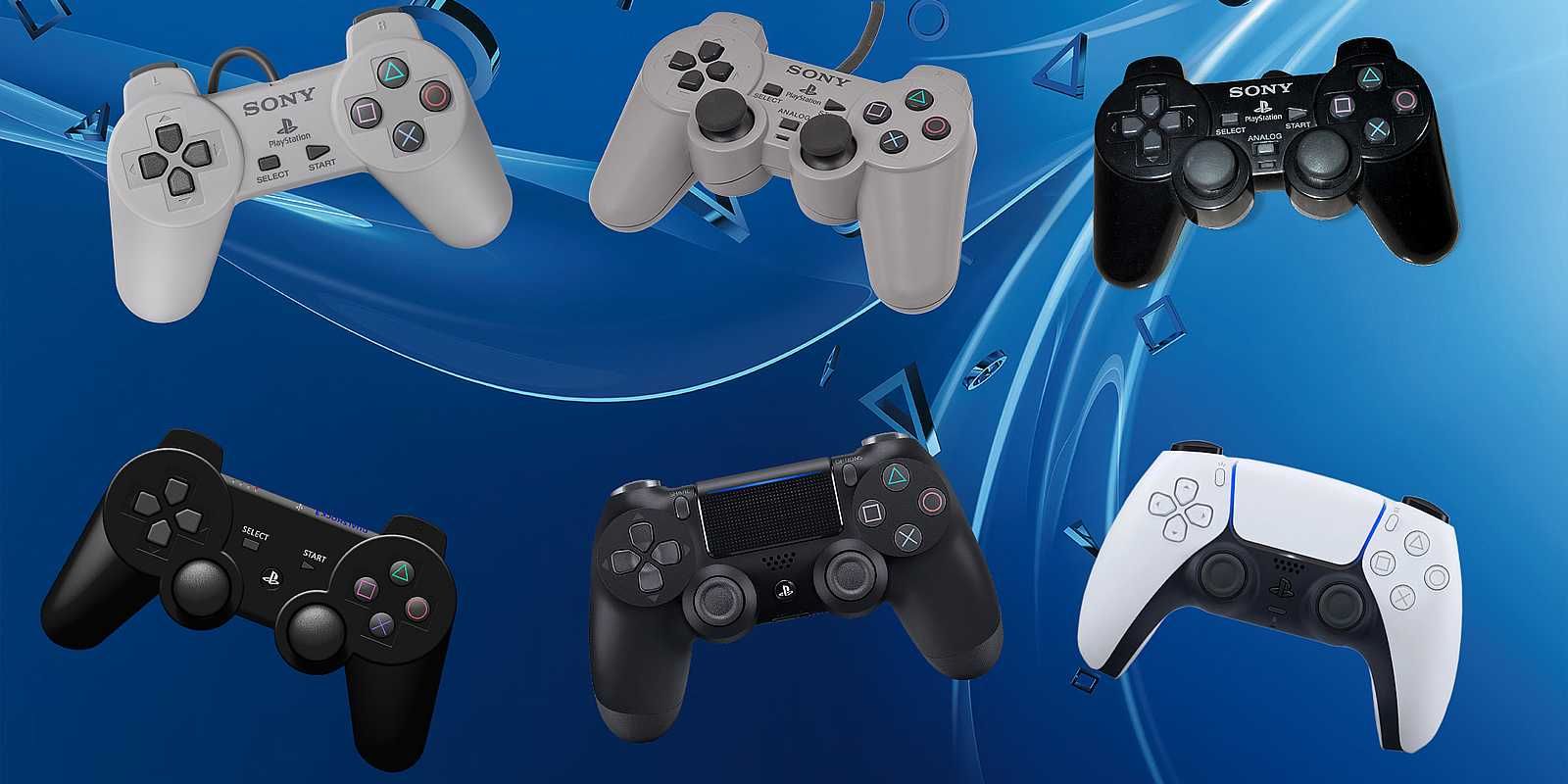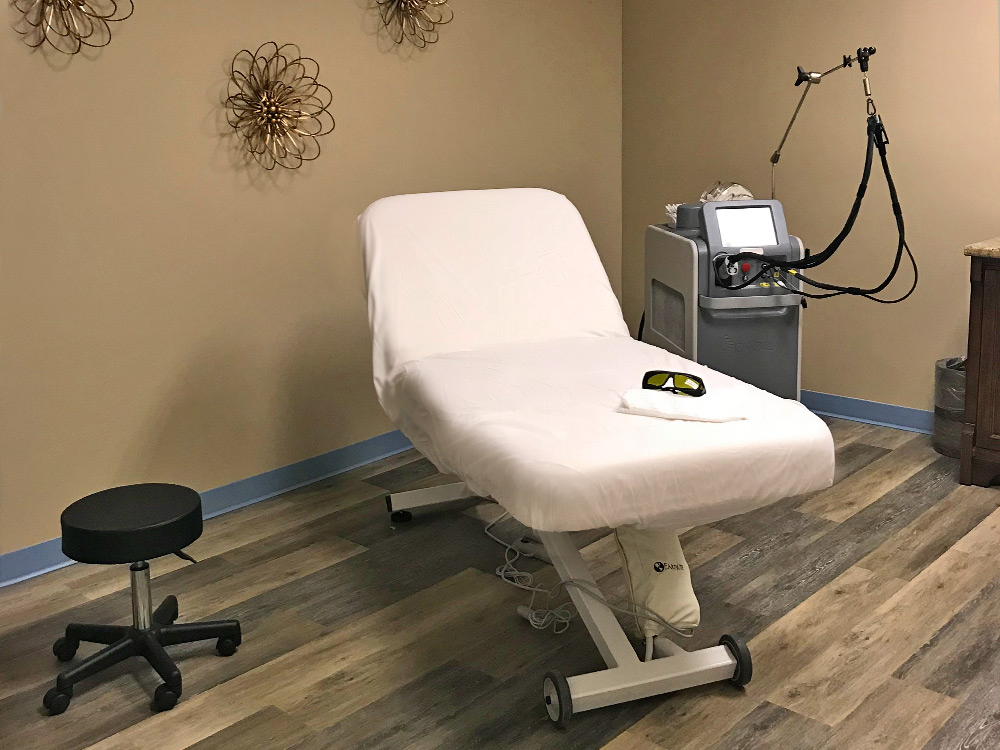Table of Content
In this method, the last known position and the last sensor event are both used to estimate a new location. The algorithm based on Bayesian filtering shows a mean localization accuracy of 85% .This project also deals with user location detection algorithm, no home automation is developed using the processed information. Home automation is the initial state of smart home where electronic technologies are used to provide an easy access to household devices. Rapid development of sensor technology accelerated the growth of smart home that involved more data processing.

If you forgot to turn off your lights before leaving the house, you’ll still be able to prevent a high electricity bill. Available through General Security’s Wellness packages, Wellcam features real-time, two-way audio and video communication. These cameras can also easily connect to Qolsys Personal Emergency Response wristbands for additional monitoring and fall detection alerts, even if the panic button is out of reach. Wired or wireless cameras can include night vision, in-app video feeds, motion detection, digital microphones, and clear speakers. Camera motion settings can also be adjusted for accurate video analytics and surveillance.
Smart Home Evolution
The researcher installed two devices in the apartment of several patients in different locations to evaluate the efficiency of the system . The research scope is limited to only two household devices but to assist this type of patient the whole house must possess some kind of intelligence. As aforementioned, smart security systems will continue to evolve as they become an integral part of how today’s homeowners live, work, and socialize. This will undoubtedly set the stage for the future, especially as the need for convenience, connectivity, and simplification continue.
The algorithm is based on probabilistic distribution and able to predict ADL of more than one inhabitant. The result given is based on simulated data and the example shows only one task identification (‘making drink' activities). Multimedia Laboratories, NTT DoCoMo Inc. in Japan, has developed a system for modeling and recognizing personal behavior utilizing sensors and Radio Frequency Identification tag (Isoda et al. 2004). C4.5 algorithm is used to construct decision tree from the data obtained from the sensors and RFID tags. The user's behavioral context at any given moment is obtained by matching the most recently detected states with previously defined task models. The system is an effective way for acquiring user's spatiotemporal context but no intelligent system is developed for home appliances control.
Dissertation Services
Each piezo alternately functions as an acoustic wave generator and receiver, depending on the direction of the pulse. The IC uses a highly accurate time-of-flight core that has 20ps accuracy, providing excellent flow-rate accuracy. While the ultimate accuracy depends on the pipe diameter and flow rate, this architecture can provide leak detection below 1 liter per hour and remain accurate to EN and OIML specifications for the lifetime of the meter. Static meters are classified as electromagnetic and ultrasonic time-of-flight. In an electromagnetic meter, a magnetic field is applied to the pipe and a voltage is generated perpendicular to the flux lines. While this type of meter provides excellent accuracy, it tends to have fairly high power consumption.

The development of computers in the 1940s, spurred on by wartime military code-cracking, eventually made the home more sophisticated. Two decades later, the first home automation processing device, Echo IV, was designed. The machine, a private venture by a Westinghouse engineer, was designed to control home temperature and turn on appliances.
You are reading a preview.
But, walking on the showroom floor, you may not have noticed innovation in the home space at first glance. Each year, the Consumer Electronics Show sets the stage for advances in retail technology. On the show floor, you’ll find everyone from startups to large companies showing off new innovation for the home, cars, lifestyle and more while discussing the latest trends impacting the future of consumer technology.

Smart home technology allows the use of computers to control the basic functions and features of the home either automatically or remotely. Smart home technology includes either scheduling or automatic operation of heating and air conditioning, as well as lighting and security systems. This technology enables users to control various functions via remote control with the help of a computer linked to the internet. The internet allows for home devices to be interconnected, thus enabling users to remotely monitor and manage systems and appliances. Smart home technology provides homeowners with security, comfort, energy efficiency and convenience. In the last 20 years, smart home technologies have evolved significantly, making it possible for users to control and monitor their appliances even they are away from home.
Smart home technologies can make homes sustainable and allow consumers to reduce energy spending. Interactivity and connectivity are helping families to manage their homes and lives. This technology is currently being incorporated into other sectors, including schools, offices, retail stores and airports. The market is expected to witness an increased demand for this technology in the coming years due to expanding awareness regarding smart home advantages. TERVA is a health monitoring system developed in Finland by Korhonen et al.. It cannot detect physiological problems and no assistive service is deployed to provide health care.
If the residential management system experiences server downtime, the home appliances can still be controlled using alternate control mechanism with GSM network via SMS Module locally and remotely. This system offers a complete, bi-directional real-time control and monitoring of smart home systems. No security mechanism is used to protect the web server from unauthorized access. Yamazaki constructed "Ubiquitous Home," a real-life test bed, for home context-aware service. It is a housing test facility for the creation of useful new home services by linking devices, sensors, and appliances across data networks.
Rather than waiting to change the temperature of your home when you’re physically there, smart thermostats can be remotely adjusted, and also self-regulate based on weather reports. A report conducted by Swedish research firm Berg Insight predicts 179 million European and North American households will feature smart technology by 2024. The 1999 TV movie Smart House accurately predictedhow a smart home of today would operate—with voice commands adjusting temperatures, sending messages, and controlling lighting. The delta time-of-flight value corresponding to the previous target of 0.01m3/hr leak-detection test flow is around 1.2ns for pipe sizes less than 3/4in (19.1mm). At 1.2ns, the measured time of flight must be between 960ps (80%) and 1212ps (101%) to meet the required accuracy. Let’s take a look back at the journey of smart home technology, uncover some of the trends in this industry’s development, and take stock of where we are now.

Smart homes are expected to evolve in the coming years, with more and more homeowners adding these compatible technologies for safety, security, and convenience. Those we currently consider smart devices and homes didn’t become obtainable realities until the late 20th century. Technology significantly evolved from year to year, and smartphones, tablets, and laptops, for example, are now common in nearly every household. Stated another way, mechanical meters tend to undermeasure flow with progressively worse accuracy over time. Your regular teapot now has WiFi capabilities and coffee enthusiasts are excited.


No comments:
Post a Comment